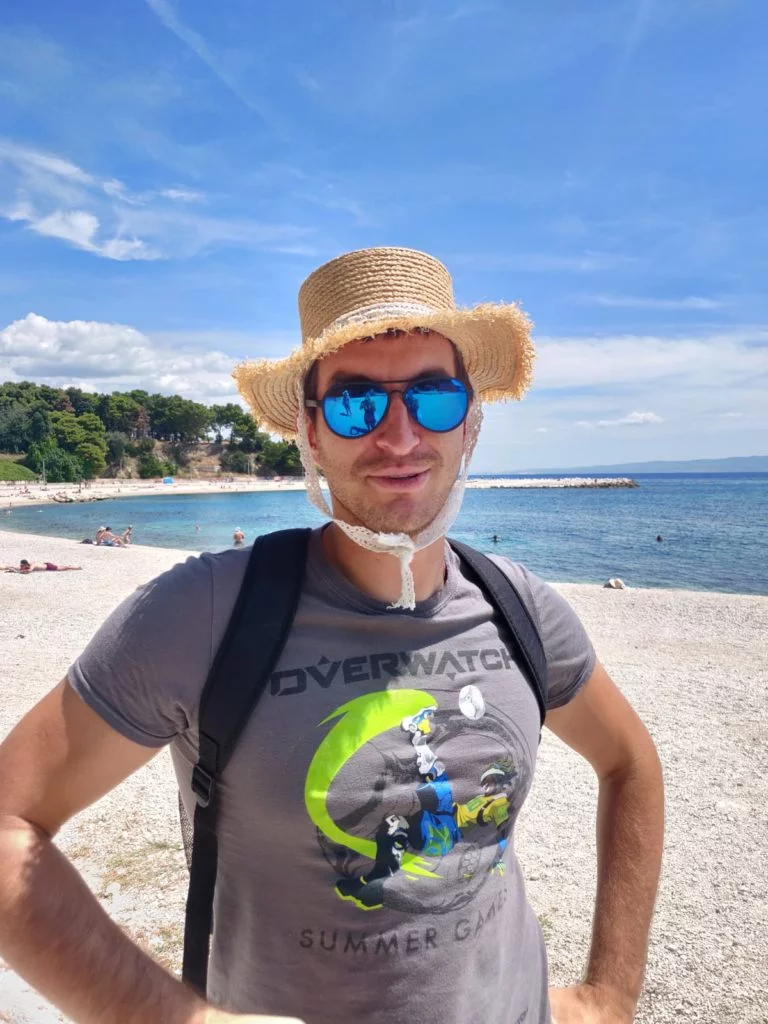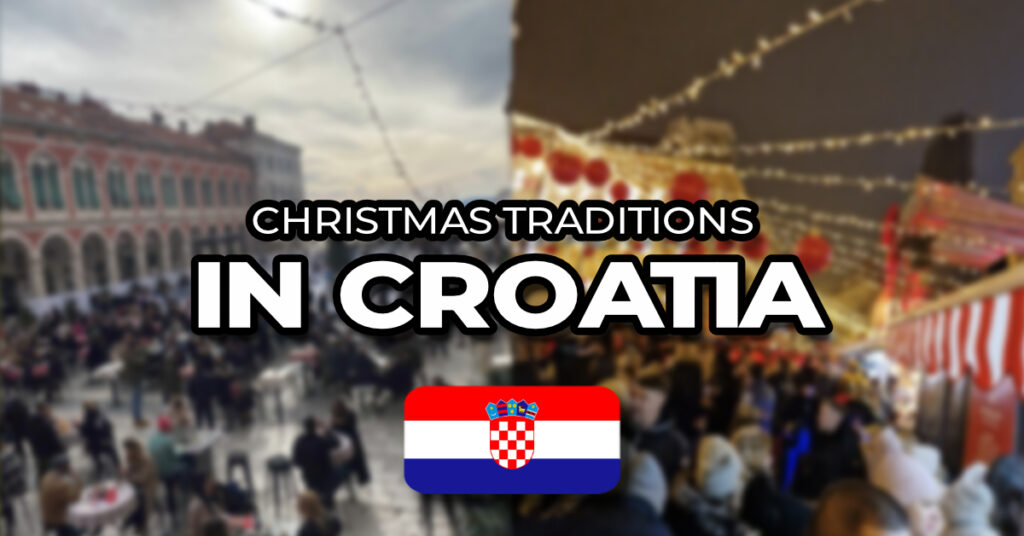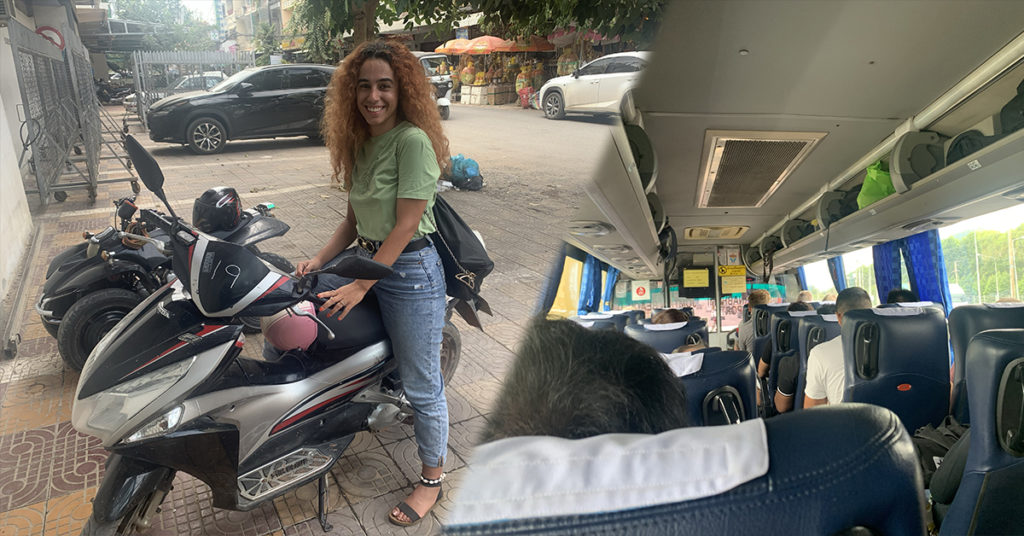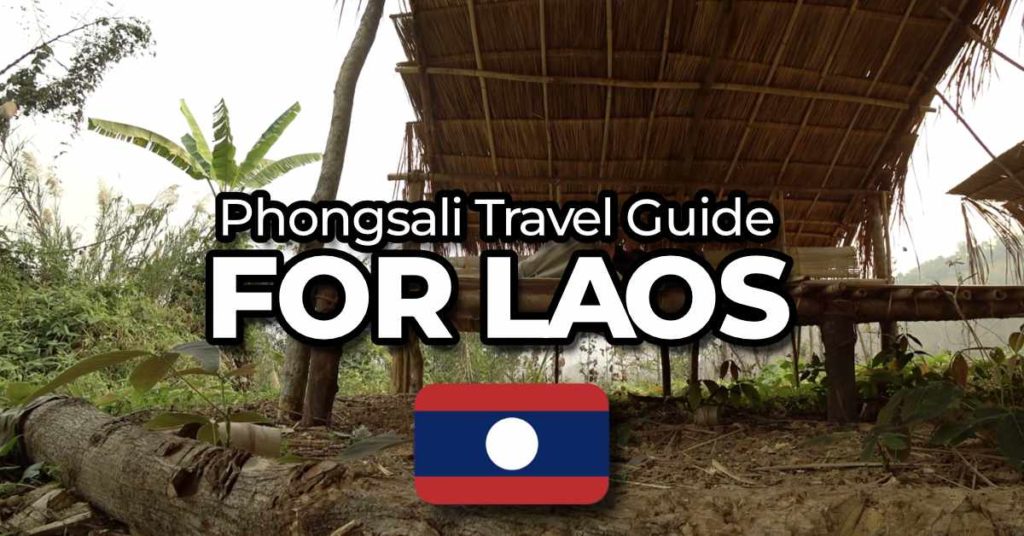So you want to learn about Christmas traditions in Croatia? You’re in the right place. As a local, I wrote this article to share more about how we celebrate Christmas here, so you can join in on the festivities if you decide to have a Christmas in Croatia. As you might know, the primary religion in Croatia is Catholicism, making Christmas significant for both celebratory and religious reasons. The festivities commence four Sundays before Christmas Eve and extend until the celebration of the Three Kings.
In this article, I will discuss various customs and suggest some places to visit during Advent and Christmas, from decorating the tree to watching Christmas movies and of course all the amazing food that we eat here in Croatia. Join me!
Christmas traditions in Croatia at a glance:
- Christmas traditions in Croatia are a blend of Catholic religious customs and regional variations.
- The celebration begins four Sundays before Christmas Eve, called “Advent,” marked by creating Advent wreaths and lighting candles.
- Saint Nicholas (Sveti Nikola) is celebrated on December 6th, bringing gifts to well-behaved children and sticks for naughty ones.
- Saint Lucy’s Day (December 13th) involves planting wheat symbolizing a prosperous year, with each day representing a month.
- Christmas trees are decorated with family participation and unique designs.
- Bethlehem representations are placed beneath the Christmas tree, signifying the birth of Christ.
- Christmas Eve, or “Badnjak,” involves gathering with friends, singing songs, and attending midnight mass.
- Christmas Day is for family gatherings, attending three masses, enjoying a festive lunch, and evening concerts.
- Traditional Christmas foods include “fritule,” “bakalar,” “pašticada,” and various sweets.
- Christmas markets and villages like “Gornji dolac” and “Salaj” add a special charm to Advent celebrations in Croatia, with Zagreb being a notable location for Christmas markets.
How Do Croatians Celebrate Christmas?
In Croatia, Christmas traditions include Advent wreaths, midnight mass, tree decoration on Christmas Eve, gift exchange, family time, concerts, and celebrating until January 6th with the arrival of the Three Kings. Some customs date back to the 19th century, with regional variations.
The Christmas celebration begins four Sundays before Christmas, known as “Advent” or Arrival. During this time, people create Advent wreaths and light candles. Christmas Eve is marked by midnight mass, and Christmas Day is dedicated to spending time with family and friends. Concerts are often organized for Christmas evening, and the festive season extends to New Year’s. The Christmas celebration concludes with the arrival of the Three Kings on January 6th.
Many of the Christmas traditions we follow today began in the late 19th century, some even before, and continue to be practiced.
However, these traditions have evolved over the years. For instance, Advent, which used to span six weeks before the 16th century, has seen changes. Additionally, specific dates hold significance, such as the celebration of Saint Nikola on the 6th of December and Saint Lucia on the 13th of December, each with its unique customs. Furthermore, various villages have their distinct traditions that may differ from those in other parts of Croatia.
Christmas Traditions in Croatia
Advent
Advent begins four Sundays before Christmas, marking the start of the anticipation for Christmas. During this time, cities come to life with Christmas decorations, and households begin decorating and baking festive treats, wreaths are made, trees are decorated and the festivities start.


Advent, as mentioned earlier, begins four Sundays before Christmas. During this time, each household creates or buys its own Advent wreath adorned with Christmas and nature-themed decorations, featuring four candles, typically in red or white, symbolizing Christ’s sacrifice and victory. Every Sunday leading up to Christmas, one candle is lit—starting with one on the night four weeks before Christmas, two on the Sunday three weeks before, and so forth.
Advent, meaning arrival, represents the coming of Christ. While it used to span six weeks before the 16th century, today, it consists of four weeks, symbolizing the 4,000 years from the creation of the world to Christ’s arrival as per the Bible.
Each candle signifies a specific theme:
- Creation
- Embodiment
- Redemption
- Ending
This tradition is filled with emotions of anticipation, hope, and yearning.
St. Nikola
In Croatian Christmas tradition, Sveti Nikola (Saint Nicholas) is celebrated on December 6th, bringing gifts to well-behaved children and leaving sticks for the naughty ones, accompanied by Krampus. He’s a beloved symbol of generosity and kindness during the holiday season.
Krampus is a mythical creature from Alpine folklore (usually a horned, devil-like figure). Krampus is believed to punish naughty children during the Christmas season. It is said that he might leave sticks or small rods in the shoes of misbehaving children as a warning or reminder to behave better in the coming year.
Saint Nicholas, or Saint Nikola (in Croatian), is celebrated on the 6th of December, marking the day of his death in 343 AD. This day is dedicated to celebrating children as he is the patron saint of children, sailors, bakers, pharmacists, and others.
To honor this occasion, parents place boots on the windowsill with gifts for well-behaved children inside.
Saint Nicholas was renowned for giving gifts to the poor and children during the night, which is why children leave their boots on the windowsill in the evening, waking up to find them filled with gifts in the morning.

St. Lucija
On December 13th, which is Saint Lucy’s Day, it’s a tradition in many homes to plant wheat to symbolize a fruitful and prosperous upcoming year, 12 days before Christmas each day representing one month of the upcoming year.
Wheat is planted in cotton, growing to a height of 10-15 cm, symbolizing fertility, new life, or rejuvenation. This wheat grows until Christmas, and families decorate it with Croatian national colors (red, white, and blue), apples, or candles. After Christmas, the wheat is fed to birds in the spirit of the season.
The 12 days before Christmas represent the upcoming 12 months, with each day’s weather believed to correspond to the weather of the respective month in the coming year.
The thickness and quality of the grown wheat are thought to symbolize the crops of the upcoming year.
In some parts of Croatia, girls participate in a custom where they write the names of 11 boys on papers, leaving one empty. They burn one paper each day, and the remaining paper predicts the man they will marry next year. If the last paper is blank, the girl is said not to marry.
Similar to Saint Nicholas, Saint Lucy’s celebration also includes children receiving presents.
Christmas Tree
The Christmas tree is decorated with family, in Croatia almost nobody waits for Christmas Eve to decorate it but rather we do it as soon as the trees start selling. In the past, the Christmas tree was decorated with fruits and nuts, but now it is decorated with decorations.


Each Christmas tree is unique, with various colors, ornaments, and extra decorations like ribbons, fake snow, and a tree topper which is usually a star or an angel. This tradition is a family affair, often led by the mother in designing, while the father handles carrying and setting up the tree.
Although Christmas tree decoration has roots in an old pagan German tradition, it became popular in Croatia in the 19th century and is now a crucial part of Christmas celebrations. In the past, trees were adorned with fruits like apples, plums, pears, and nuts, with ornaments reserved for wealthier families. Some homes even have a smaller tree for children to decorate on their own.
Additionally, the famous “Christmas flower or star” plant is a must-buy, its star shape symbolizing the Bethlehem star, and the red color representing the crucifixion.
Bethlehem
Under each Christmas tree, there is a representation of Bethlehem, symbolizing the birth of Christ. It used to be made of wood, gypsum, or clay and was typically found in city squares or churches. However, nowadays, it has become a common part of every household’s Christmas tree.
When people buy a Christmas tree, they also purchase moss. Beneath the Christmas tree, they construct what is known as “Jaslice” or Bethlehem. This setup includes a small wooden house with figurines representing baby Jesus, Mary, Joseph, a shepherd, and various animals. Additionally, three kings are depicted coming from the east.
Christmas Eve or “Badnjak”
Christmas Eve or “Badnjak” as it is called in Croatia is a day to spend with your friends, be it gathered at the city square enjoying the festivities or singing Christmas songs. And before midnight everybody gathers at church for midnight mass. It falls on the 24th of December.
The term “Badnjak” comes from the word “bdjeti,” meaning to be awake or await something. There are various ways to celebrate “Badnjak.” In some villages, people create large fires and sing Christmas songs known as “Kolede.” In certain homes, three logs are brought in and burned to symbolize the Holy Trinity, with ashes sprayed on each door inside the house.
In urban areas, such as my city, we celebrate “Badnjak” by meeting with friends on the morning of Christmas Eve. We have a drink, sing songs, and gather in the city square.
Midnight mass
Another significant tradition is the midnight mass. On Christmas Eve, all Catholics attend this special mass, which is the only one held at such a late hour throughout the entire year. After the mass, everyone exchanges Christmas greetings, and sometimes there is a festive feast to enjoy.
Christmas Day
Christmas is a special day for the family. Catholics attend three masses on Christmas: midnight, early morning, and midday. It’s a time to be with family and enjoy a big family lunch. In the evening, there are concerts on the main square where people gather.
The day after Christmas is “Saint Stjepan,” which is similar to Christmas. On this day, you visit cousins and other relatives you may not have seen on Christmas. And, of course, there’s a lot of singing involved in these festive celebrations.
Christmas Food
Some specific foods are prepared for Christmas only, and every day has its traditional menu. Everybody’s favorite Christmas snack “fritule” and some iconic meals like “bakalar”, “pašticada” followed with lots of sweets.
Talking about Christmas in Croatia wouldn’t be complete without mentioning the food—it’s the best part! In every home, you’ll find an abundance of cakes, cookies, and sweets, not just for Christmas but throughout December. Some traditional Christmas cakes include “orahnjača” and “Makovnjača,” which are made with walnuts or poppy seeds. Then there’s “gibanica,” similar to “baklava” but milder and usually made with young cheese. A favorite Christmas snack, especially in coastal areas, is “fritule”—fried dough sometimes with raisins, available almost everywhere in the city.
On Christmas Eve, known for fasting, the main dish is “Bakalar,” a dish made of dried cod, and it’s amazing. You can even find it at Christmas markets. Christmas Day itself is a grand feast, with many families preparing pork or “pašticada.” My personal favorite is “pašticada,” which is meat in a thick, sweet sauce served with gnocchi. Delicious!
Here is a list of all Croatian Christmas traditional dishes and food:
- fritule– fried doe with rasins
- Uštipak-large fried doe that is used to make a sandwich
- Francuska salata(French salad) – Sliced up vegetables, bolied eggs, apples etc. mixed with mayonaise
- Pašticada – Beef stew made from beed that was dipped in vinegar overnight with gnochi
- Sarme – Cabbage rolls served with cabbage and mash potatoes
- Bakalar – dried Cod stew
- Roast meet – can be pork, lamb, turkey or chicken
- Orahnjača and makovnjača – wallnut and poppy seed rolls
- Peka – slow cooked meat either lamb or veal with vgtables under the iron bell

Where To Visit in Croatia During “Advent”?
There are great Christmas markets to experience in the cities, the best one is in Zagreb, but what gives Croatia a special charm during Advent are the Christmas villages “Gornji dolac” and “Salaj”.
From the beginning of December until the Three Kings, every city in Croatia gets decked out with Christmas decorations. There are ornaments, Christmas trees on the city square, and Christmas markets. These markets are pretty special. You’ll find stands selling mulled wine, sausages, “sarme,” “bakalar” food, and there’s even Christmas music playing in the background. It truly makes for an amazing experience to visit.
The most famous Christmas market is in Zagreb. There, you can explore different areas like the “upper city” and “Zrinjevac,” which are pretty common spots. But you’ll also find markets in hotel patios or parks.

Though smaller than Zagreb, in Split, you can still experience the magic of Christmas.

Located near Split, Christmas Village Gornji Dolac is an amazing place to visit.

Located near Zagreb Salas is a Visual and gourmet wonder. There is an incredible light display that most consider the highlight and a huge food market where you can try all of the Christmas foods.

Almost every city has its market, some are bigger, some are smaller, but all are fun to visit. If you wish to visit Croatia during winter, this would be a great time not only to experience Advent but also to explore Croatia and, not to mention, enjoy the delicious food it offers.

A travel enthusiast with 10 years of experience in the travel industry, Lenko has traveled to all corners of the world, including America, Mexico, Japan, Thailand, Cuba, and most of Europe. His hobbies include karate and game development and the destinations that he desires to visit are Australia, New Zealand, Iceland and to revisit the fantastic Japan.


